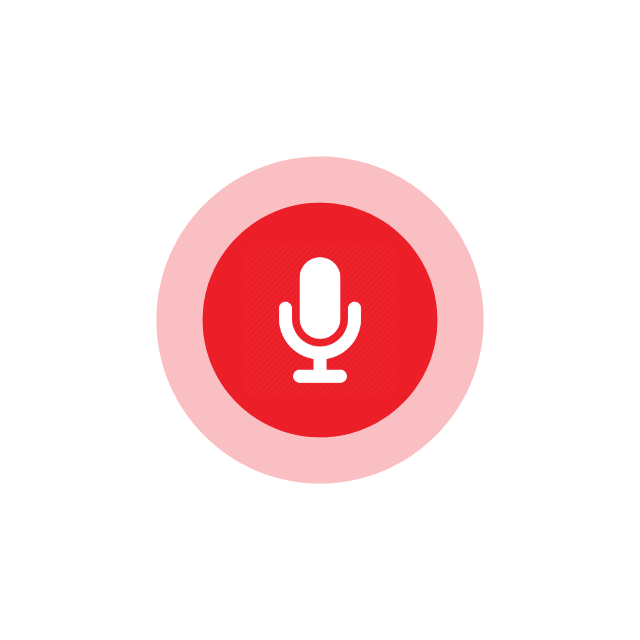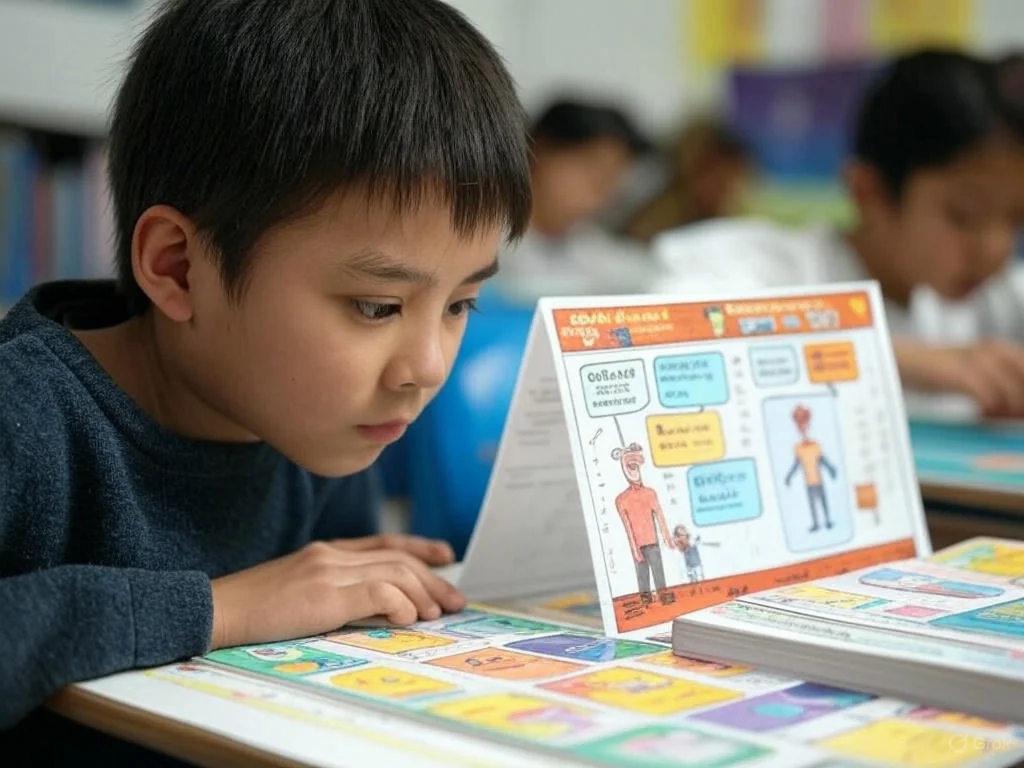What is financial literacy?
Financial literacy means having the knowledge and skills to make informed, responsible decisions about money. It involves:
-
Saving & Spending: Understanding wants vs needs, setting savings goals, and tracking purchases.
-
Earning & Borrowing: Knowing how income is earned (like wages or allowance) and how loans work.
-
Financial Concepts: Learning about interest, inflation, credit scores, risk, and tools like bank accounts, credit cards, and loans.
Teaching your child these basics empowers them to manage their finances, avoid common money pitfalls, and aim for long-term stability.
Why is financial literacy so important?
As Louise Hill, CEO of GoHenry, explains:
“Managing money effectively demands skills from basic maths to budgeting, interest understanding, and emotional regulation…” Early financial skills can increase career earnings by up to 28%, and financially literate students are likelier to start their own businesses.
A Cambridge University study found children form core financial habits by age seven, and confidence with numbers is vital for everyday money decisions—from grocery bills to holiday savings.
Yet despite financial literacy being part of school curricula since 2014, 82% of students say they want more learning on mortgages, pensions, credit cards, budgeting, and taxes. There’s still a big gap to fill.
Why should schools teach financial literacy?
With today’s financial world getting more complex, schools are uniquely placed to give kids essential money skills—planning, avoiding debt, and handling economic surprises. As Stewart Perry of the Centre for Financial Capability says, embedding financial education in schools builds confidence and resilience for future economic challenges.
But only 4 in 10 students report ever getting formal financial education at school—so parents and programs like Flareschool play a crucial role in filling that gap.
How to talk to your kids about financial literacy
Conversations about money don’t need to be awkward or complicated—they work best when they’re everyday and practical.
-
Early years: Talk about where money comes from—groceries, bills, ATM withdrawals—and introduce concepts like budgeting.
-
With teens: Delve into borrowing, credit scores, loans, investing, and linking this to real-world news or career goals.
This keeps learning practical, relevant, and ongoing.
Key benefits of starting young
-
Financial independence: Kids learn to rely on themselves, not on handouts.
-
Better decision-making: They can compare options, set priorities, and weigh trade-offs.
-
Debt avoidance: Understanding interest and loans helps them steer clear of financial traps.
-
Wealth-building mindset: Learning about savings and investing builds a solid future.
-
Financial security: Preparedness for unexpected bills brings peace of mind.
-
Scam resistance: Awareness reduces vulnerability to online scams.
-
Responsibility & accountability: Early lessons form lifelong habits.
-
Empowerment: It gives kids confidence to shape their financial path.
Research shows early financial education can mean being £70,000 better off in retirement, a powerful incentive for teaching kids now.
Core components of financial literacy
Experts at GoHenry identify six building blocks:
1. Earn
Pocket money or chores teach kids that income is earned. It also introduces payslips, taxes, and true job value.
2. Spend
Through spending kids learn budgeting and distinguishing needs from wants. As author Tanith Carey notes.
3. Save
They need short-term goals (like toys) and longer goals (like a future car), learning discipline and delayed gratification—crucial traits for financial success.
4. Invest
Older kids can learn basic investing concepts—like how stock markets or savings accounts can grow money over time.
5. Borrow
Teach about interest, loan terms, repayments, and credit scores, to lay foundations for responsible adult decisions.
6. Protect
Discuss online safety, password hygiene, and scam avoidance. As Linda Blair says, it’s not gullibility—kids need impulse control and informed awareness.
Teaching financial literacy through activities
Dr David Whitebread of Cambridge says practical experiences shape kids’ lifelong behaviour. Here's how parents, schools, and Flareschool can help:
-
Pocket money routines – Weekly amounts teach responsibility and freedom.
-
Apps & games – Tools like GoHenry Money Missions make learning interactive.
-
Budgeting exercises – Let kids allocate funds for a goal, then track progress.
-
Saving goals – Use jars or digital wallets for layered goals.
-
Real workplaces – Summer jobs help teens understand wages, taxes, and worth.
-
Chore-for-pay deals – Balance household help with extra earnings.
-
Safety lessons – Teach kids about overspending, debt consequences, interest, and fees.
-
Simulations – Boardgames and digital scenarios bring finance to life.
Flareschool offers structured finance in curriculums to embed money skills early across Australia—school outreach that complements home learning.
Key financial terms all kids should grasp
Use kid-friendly definitions to explain:
-
Budget: Plan for spending and saving
-
Savings: Money set aside for later
-
Interest: Cost of borrowing or earning on savings
-
Credit & Debt: Borrowing money and repaying it
-
Income: Money earned through chores, wages, or business
-
Compound interest: Earning interest on interest
-
Inflation: Rising prices eroding purchasing power
-
Credit score: A number reflecting creditworthiness
-
Financial risk: Potential to lose money
These basics empower kids to understand real-world money matters.
How Flareschool supports financial education
Flareschool works with Australian schools to integrate practical financial concepts:
-
Online modules on budgeting, saving, and borrowing
-
Interactive workshops and games
-
Family projects to reinforce learning
-
Digital tools to teach kids about compound interest, safe spending, and smart decision-making
It builds confidence early and fills in where schools may lack resources.
Conclusion: Set your kids up for financial success
Financial literacy isn’t a one-off lesson—it’s the foundation for confident, empowered futures. By combining:
-
Early conversations
-
Hands-on activities
-
Age-appropriate tools
-
Structured programs like Flareschool
we give our kids the best chance to thrive financially. It’s not just skill—it’s independence, security, and opportunity.
FAQs
1. When should financial literacy begin?
Visual habits form by 7 – start talking money early with kids.
2. Is pocket money really effective?
Absolutely. It gives real-life practice in earning, budgeting, and choosing.
3. How does saving help build discipline?
Saving for a goal teaches delayed gratification and goal-setting skills.
4. Can teens learn about investing responsibly?
Yes—with simple explanations on stocks, interest, and long-term growth.
5. How does Flareschool fit into the mix?
It offers structured, age-appropriate finance education to schools and families.






